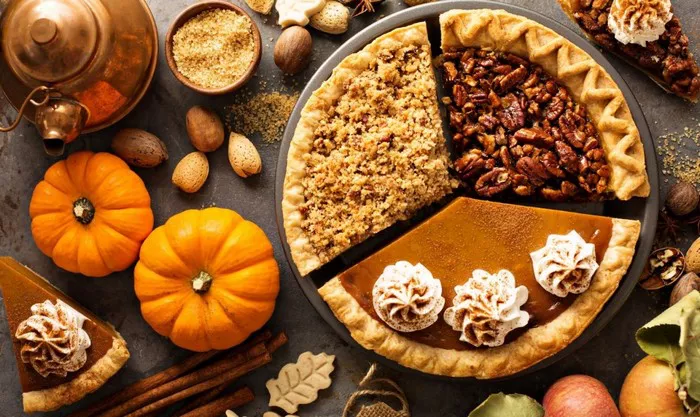As Thanksgiving approaches, there’s a lot more to look forward to than just the turkey and pumpkin pie! One of the hidden gems of the season is the humor that surrounds our feathery friend, the turkey. Turkey jokes are not just entertaining; they also serve as a delightful way to engage students in wordplay, creativity, and a deeper understanding of cultural traditions. This article will explore the value of turkey jokes for elementary students, offering a platter of giggles and grins perfect for the Thanksgiving season.
The Value of Humor in Education
Before diving into the jokes themselves, it’s crucial to understand the importance of humor in the educational environment. Research shows that laughter can significantly increase engagement and retention in young learners. By incorporating humor, teachers can create a more vibrant and inclusive classroom atmosphere. Turkey jokes, with their gentle puns and funny setups, are a perfect tool for this. They can help introduce concepts such as puns, homophones, and narrative structure, all in a manner that is accessible and enjoyable for children.
Developing Language Skills through Jokes
Jokes are not just for fun; they are also powerful tools for language development. Understanding and telling jokes require a grasp of nuances in language and the ability to interpret multiple meanings. For instance, turkey jokes often play on the word “turkey” itself, linking it to both the bird and, colloquially, a silly or foolish person. This duality can help students explore the richness of the English language.
Examples of Turkey Jokes
Let’s break the ice with some light-hearted turkey humor that is perfect for elementary school students:
1. Why do you think Turkeys love rainy days? Because they love fowl weather!!
2. Can the Turkey jump higher than Uncle Jim’s house? Obviously, houses can’t jump!!
3. What can you call Turkey on the day following Thanksgiving? LUCKY!!
4. Why is Turkey easily allowed to be a part of the Rock Band? Because he always brings his own drumsticks.
5. Can you guess the caller tune of Turkey’s phone? Its Wing. Wing. Wing!
6. What is the favorite dish of turkey at Thanksgiving dinner?? It does not have one as it is already too stuffed!!
7. When are the Turkeys most thankful to the people? The following Friday after Thanksgiving!!
8. Which kind of glass does a Turkey prefer on Thanksgiving? A goblet.
9. Who did Turkey thank on Thanksgiving? The vegetarians and vegans.
10. Why does Turkey always cross the road twice?? To prove he isn’t a chicken.
These jokes are not just funny; they stimulate the mind and invite students to explore language playfully.
Integrating Turkey Jokes into Lesson Plans
Teachers can creatively integrate turkey jokes into their lesson plans, especially during the Thanksgiving season. Here are a few practical ways to do this:
Daily Warm-ups: Start the day with a turkey joke. It sets a positive tone and gets students excited about the day ahead.
Writing Prompts: Use turkey jokes as prompts for creative writing exercises. Students can write their funny stories involving turkeys, enhancing their narrative skills.
Art Projects: Have students draw illustrations based on the jokes. This helps in visual interpretation and understanding the humor in the jokes.
Social Studies Connection: While discussing the history of Thanksgiving, teachers can include turkey jokes to make the lessons more engaging and relatable.
The Benefits of Jokes Beyond Language
The benefits of using jokes in the classroom extend beyond language learning. They can help build social skills, as students share and enjoy jokes together. Humor also aids emotional health by providing stress relief and improving mood. Importantly, when students find learning enjoyable through humor, it can foster a lifelong love for education.
Crafting Original Turkey Jokes
Encouraging students to create their turkey jokes can further enhance the educational benefits. Here’s a simple structure to help them start:
Think of a key word:
For example, “feather.”
Find a funny angle: What funny or unusual situation could involve a feather?
Deliver the punchline: How can the situation be resolved in a humorous way?
For instance:
Why did the turkey sit on a feather?
Because it wanted to be a light snack!
A Cornucopia of Jokes
As a bonus, here are some additional turkey jokes to keep the laughter going:
1. What do you get when you divide the circumference by diameter? The Pi-(e)!!
2. How did Salt and Pepper welcome the guests at Thanksgiving dinner? “Season(ing)’s greetings!!
3. Can you guess the Pumpkin’s favorite sport? It’s the Squash!!
4. What can you call your Turkey if you see it running away? A fast food.
5. What is the best thing that you should definitely put into the Pumpkin pies? Your teeth!!
6. Why did the farmer use the steam roller on his potato field? He wanted to cultivate mashed potatoes!!
7. Why did the cranberry sauce blush? Because it saw the turkey dressing!
8. What kind of key can’t open doors? A turkey!
9. What do you call a running turkey? Fast food!
10. Why was the Thanksgiving soup so expensive? It had 24 carrots.
Conclusion
Turkey jokes offer more than just a good laugh; they are a gateway to learning and engagement in the classroom. They enhance language skills, social interactions, and emotional well-being, making them a valuable tool for educators. This Thanksgiving, let’s not just give thanks for the food and festivities but also for the joy and learning that turkey jokes bring to our classrooms. So, keep the jokes coming and let the turkeys keep gobbling!
Happy Thanksgiving, and remember, a little bit of humor goes a long way in making learning fun and memorable!


